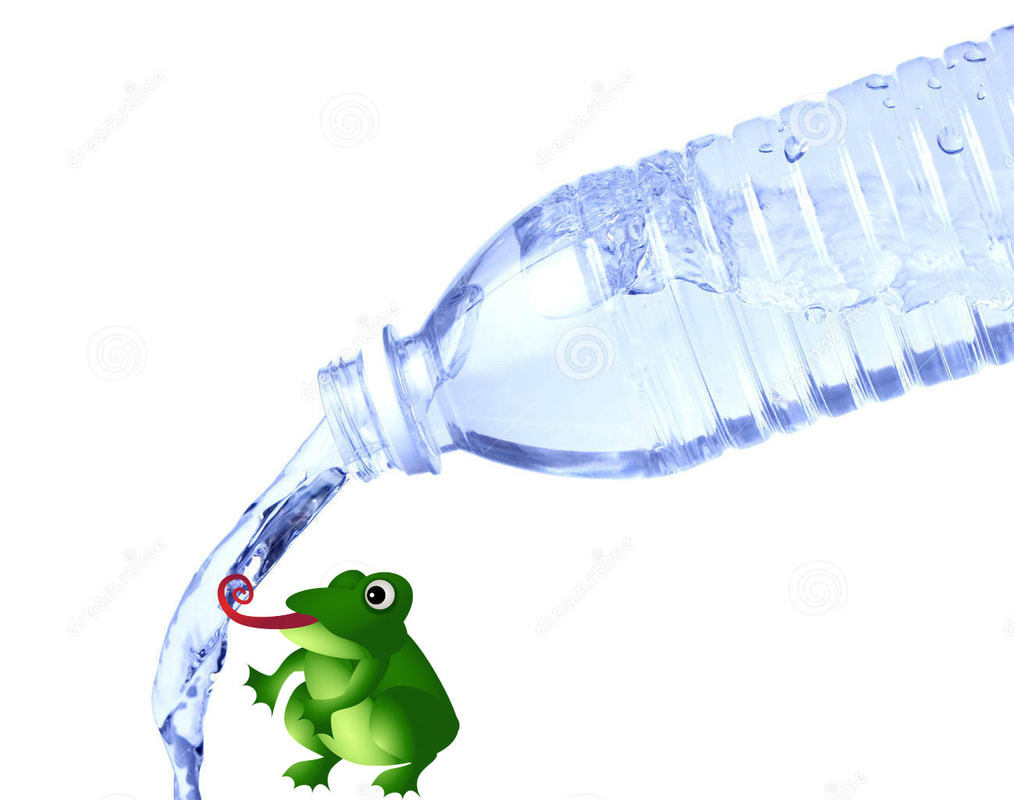Late summer and early fall hurricanes aren't just a nuisance, they're often deadly, And while you do your best to be prepared, often it isn't enough. Case in point; you go to the grocery store to stock up on bottled water. But when you get there, the shelves are either empty or you find only a gallon or two still on the shelves. Then what do you do? Of course, you can keep your fingers crossed that the storm won't be bad, but you might want to consider other options, as well.
You can usually drink the rain straight out of the sky but if you're collecting and storing it, you'll want to disinfect rainwater for drinking and cleaning. Fortunately, there are simple disinfection methods to use, whether you have power or not. This is handy information to know in case you're stuck after a storm without water or you're out camping. The same techniques can be used to prepare snow for drinking, too. Before you drink rainwater straight from Mother Nature, though, do a little online research so you know when it is safe. If you'd like to learn how to make collected water safe to drink, here's an easy guide for you to follow.
Boiling - Boiling water for a minute at a rolling boil reduces the pathogens found in stored water. If you live at an altitude greater than 6,562 feet (2,000 meters) boil the water for 3 full minutes. The longer boiling time is required because the boiling point at high altitudes is lower than it is further down. If you store freshly boiled water in sterile containers and seal them well, it'll keep indefinitely.
Bleach - For disinfection, add 2.3 fluid ounces of household bleach per 1,000 gallons of water. For smaller, normal use a splash of bleach will be more than sufficient. Allow 30 minutes for the chemicals to react. PS. In case you're unsure...please use unscented bleach! Since bleach can cause some toxic gases, it's not wise to immediately seal up your rainwater that has been cleaned with bleach. It's best to wait until all fumes have gone. Drinking straight bleach is certainly dangerous but dilutes to this very small amount isn't likely to cause any problems.
Irradiation - This is accomplished by using an ultraviolet light or exposure to very strong sunlight. "UV light kills bacteria and viruses but doesn't kill all the algae or cysts of pathogenic organisms. " Sunlight is effective only if the water is fairly clear, the sunlight is bright enough, and the water is exposed to the sunlight long enough. It's kind of a gamble, and it can work, but it's not recommended.
Microfiltration - The effectiveness of this method depends on the pore size of the filter that's used. The smaller the pore size, the better the filtration, but it's also slower. This technique removes all pathogens.
The point of disinfecting water is to remove "disease-causing microbes" that include bacteria, fungi, and algae. If the water falls into a clean cistern or bucket, then it's usually fine as it is. "Microbial contamination of rain is less of a threat than toxins that might be in the water from surfaces it touched. However, those toxins require filtration or special treatment. What we're talking about here is pure rain. "
I hope you found these water-treatment tips helpful. And I hope you won't ever need them. But it is better to be safe than sorry. If you live along the East Coast of the US and potentially facing Hurricane Florence take cover, evacuate, and please stay safe!
Join me back here tomorrow for another valuable life lesson from my friend and wise teacher, The Dharma Frog.
Peace.

 RSS Feed
RSS Feed